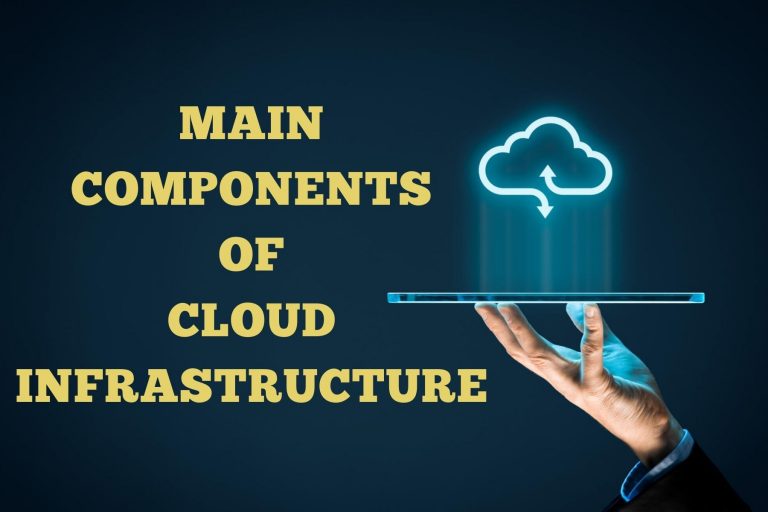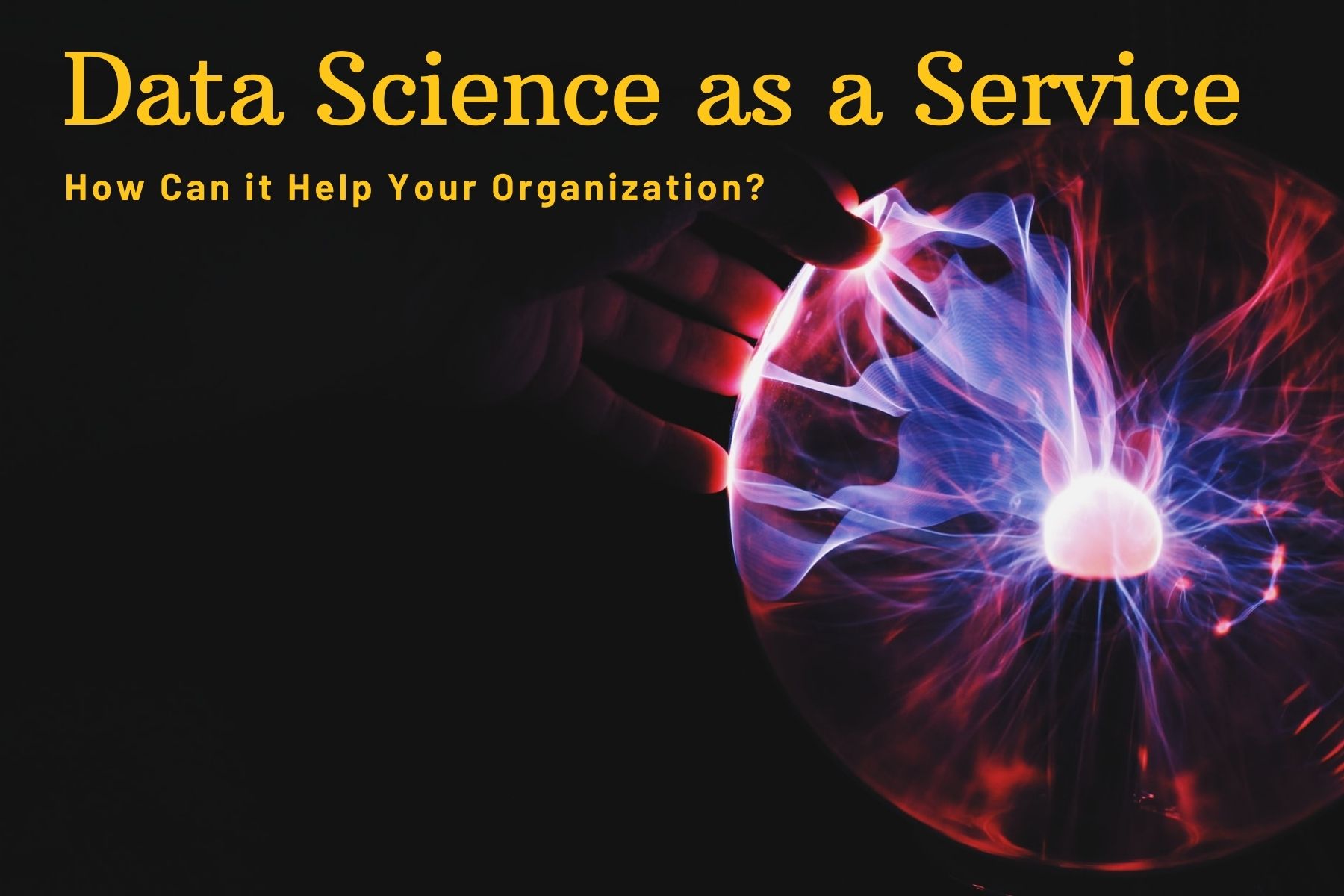Cloud Computing has been a lifeline for many companies who were till now dependent on on-site data centers & traditional computing systems. But what are the main components that make Cloud technology work so effectively? Read on to find out!
What is Cloud Infrastructure?
Cloud Computing Technology has taken the world by storm in the past couple of decades. Enterprises are raving about cloud services. Why?
In the past organizations had to establish & leverage on-site IT infrastructure to manage all their computing systems & resources. Although this was beneficial in the beginning, the requirement of skilled manpower coupled with increasing energy requirements & maintenance protocols hampered the efficiency of enterprises.
So, Enterprises had to basically lease a data center, handle huge costs of computing equipment, create & manage a ton of applications. Pretty taxing, isn’t it?
But Cloud Computing gave a breath of fresh air to all such enterprises. How?
Cloud computing services have empowered small & large enterprises to tackle the menace of the Covid-19 pandemic by shifting all the traditional computing systems to the cloud. So, employees don’t have to necessarily come to the office to complete their work. Instead, they can simply login to the Cloud platform and carry out their work.
So, cloud computing has simplified the process of accessing data & computing capabilities on an as-needed basis. This easily reduces up-front costs by enabling companies to pay for the cloud infrastructure that they need!
Some of the major cloud computing service providers are Google Cloud Platform, Amazon Web Services & Microsoft Azure.
Cloud Computing Infrastructure of Three Architectures
The Three Cloud Architectures are:
- Private Cloud – In this type of cloud architecture, a single organization accesses & leverages the cloud services.
- Public Cloud – In this type of cloud architecture, paying customers access the cloud over the internet for various purposes.
- Hybrid Cloud – This cloud architecture is a combination of Public & Private Cloud. So, some data that the company deems confidential can be stored on a private cloud whereas the rest of the data can be easily stored on the public cloud.
Main Components of Cloud Technology
Cloud Computing Infrastructure primarily includes all the software & hardware components that are essential to support the seamless delivery of cloud services to the clients.
Some of the important components of the cloud are:
1. Servers
To put it simply, a server is a device or a computer that is programmed to offer relevant services to users/customers.
For example:
- File Servers help users to store huge troves of data.
- HTML/PHP files are served by web servers with the help of HTTP Protocol.
- Mail servers enable users to send emails over the internet.
Similarly, cloud service providers offer servers where organizations can store data, run applications or carry out analysis of various business processes.
2. Network
Most of the cloud services are accessed with the help of the internet. Therefore, cloud computing service providers need to effectively create networking architecture & maintain it so that users can seamlessly access the data.
The networking infrastructure basically includes switches load balancers, physical wiring, routers & more. These components help third party service providers to seamlessly offer cloud infrastructure & services to clients.
3. Storage
The Cloud Storage services offered by third-party providers enables companies to seamlessly store & manage data away from the office buildings. This reduces the costs associated with setting up data centers & hiring skilled personnel to manage them.
Such storage services are primarily offered by Microsoft Azure, Amazon Simple Store Services (S3) & Google Cloud Storage.
Organizations can seamlessly leverage these platforms to store & manage company data with ease. But, that’s not all! Companies can also take remote backups to ensure the safety of data. All of this data can be seamlessly accessed via the internet. Piece of cake, isn’t it?
4. Virtualization
One of the most important aspects of the Cloud is Virtualization. Why?
The use of virtualization software ensures that all the available computing & storage power is abstracted i.e., offering such computing & storage power away from the actual hardware which in turn will empower users to access such components with the help of a Graphical User Interface (GUI).Virtualization is done so that users can seamlessly access various data storage components & computing resources without wasting any extra resources.
These are the main components of Cloud Computing Infrastructure. ARSR holds expertise in Cloud Computing & offers a wide range of cloud services such as Cloud Strategy, Cloud Management & Cloud Migration to small & large scale enterprises.






